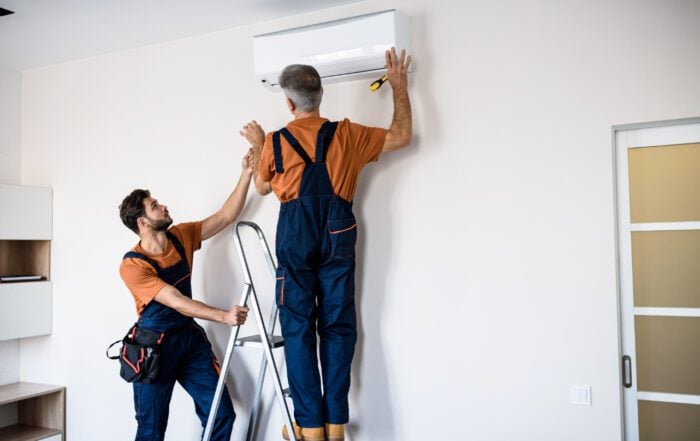The holidays were good to you this year. A little extra cash found its way to your pocket, so you decided to bite the bullet and switch all your lighting to LED. LED lighting has a longer lifespan, is more energy efficient, runs cooler, and is environmentally safe. They’re also much more affordable than they used to be, so the decision to switch was an easy one to make.
After buying all your new bulbs, you begin going around the house to remove all your old bulbs and toss them. But wait.
Be careful about just throwing those old bulbs out. While we were all waiting for the cost of LED lights to drop, many of us started switching to the curly, CFL bulbs to cut down on energy consumption. And those are going to require a little more care. Especially when one breaks.
Handling Mercury
The main reason CFL (compact fluorescent light) bulbs should be handled with care is each one contains some low mercury content. It’s low enough that we don’t have to worry about health risks if one breaks (generally less than 5 milligrams per bulb). But think about what it would look like if a mass quantity of broken CFL bulbs ended up in the same landfill. Now that amount of combined mercury could be harmful – even the smallest amount could prove hazardous for soil and water contamination.
The other problem is what happens with improper cleanup is long term exposure. If you have multiple bulbs break in a short window of time and don’t clean up the break properly, you risk having lingering vapors in your home accumulating and your family breathing it in. Side effects include shortness of breath, nausea, vomiting, and headaches. Granted, you would need to have a fairly large quantity of bulbs break to expose you in this way, but it’s a risk nonetheless.
The best solution is to bring every bulb – no matter what state it’s in – to a recycling facility to be disposed of properly.
Recycling Your CFL Bulbs
Of course, not every recycling facility is going to accept CFL bulbs. Check on your curbside recycling’s (if you have that service) website to see if they offer CFL disposal. They may if the bulbs are wrapped separately, but some may require that you bring it to their facility yourself.
Any ABOP (antifreeze, batteries, oil, and paint) facility or household hazardous waste event will also take your CFL bulbs. If you don’t have that option, some businesses like hardware and electronic stores offer recycling options. And if you’re still not sure where to begin, try starting with Earth911’s recycling search.
When Accidents Happen
It’s not a far stretch to think that because CFL bulbs are made of glass, they can break. When they do break (and they do), the mercury contained within them can escape. But there’s no need to panic. As we mentioned before, the mercury content in CFLs is minuscule. But that’s no reason to slack on the cleanup if you do have one break. In fact, you should probably treat it as more sensitive than any incandescent bulb that breaks.
Step 1:
You should keep other people and pets away from the area and open a window for ventilation. Also, turn off your HVAC system so the mercury vapor isn’t distributed through the home. If weather allows for it, leave the system off and the windows open for a few hours to air out the room completely. Don’t use a vacuum to clean up the mess – it can also blow the vapor around. Use cardboard or stiff paper to sweep up the glass, dust, and any components, and empty the contents into a plastic bag.
Step 2:
Wipe down the area with a damp paper towel, and use tape (sticky side down) to pick up any small pieces of glass that may have been missed by the broom.
Step 3:
Once you have thoroughly cleaned the area, all cleaning materials get dropped into a sealed, disposable bag and sealed up. Once that’s been done, you’ll need to take it to a CFL recycling location to properly dispose of it. If you can’t take it right away, put everything outside in a trash bin or a protected area.
Let’s be honest, most bulbs aren’t going to break on you. But because they easily break during disposal, they should still be recycled correctly. In-tact bulbs should also be recycled and transported in seal bags in the instance that they break in-transit.
And if you’re looking for some more detailed steps, the EPA has some recommended steps for cleaning up after a CFL bulb breaks.
Need More?
Have some lighting problems that are a little more technical? Get in touch with us, and we’ll be happy to lend a hand.
Have Any Questions?
If this is an emergency please call 440-937-9134.
Otherwise, please feel free to call us or submit this form to schedule an appointment for service or request an estimate. We will contact you shortly!



